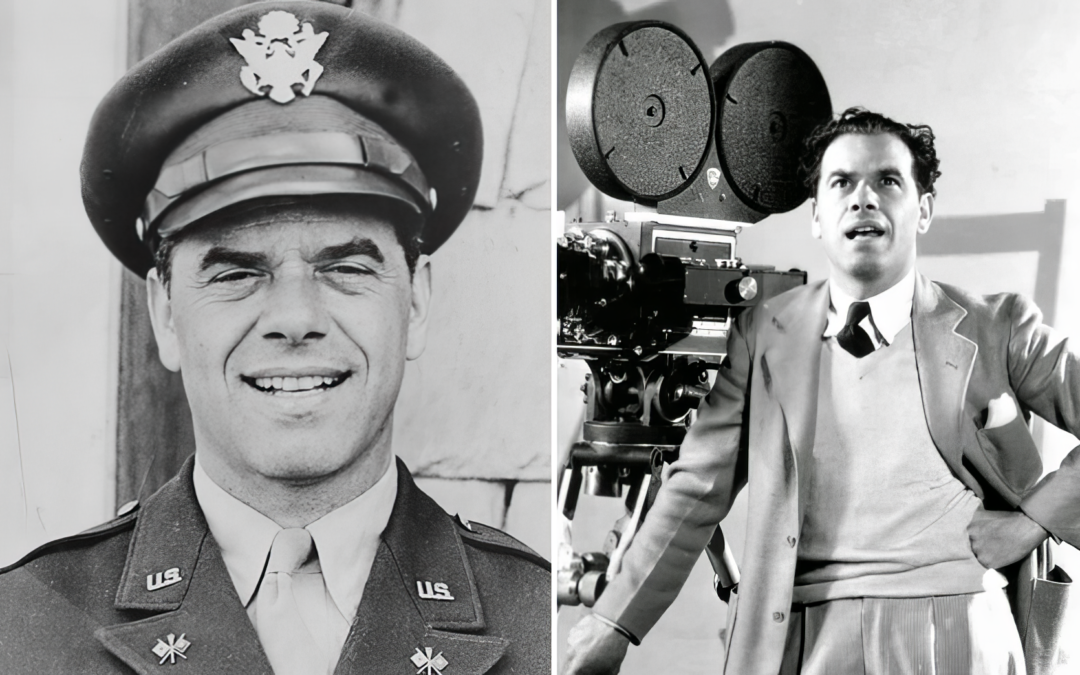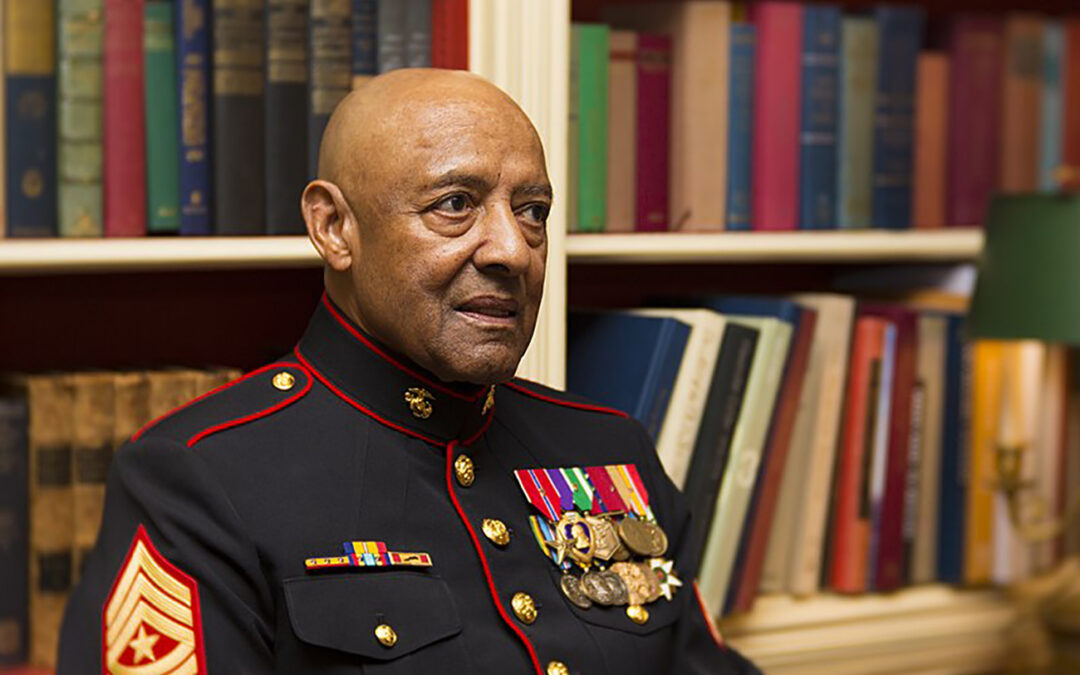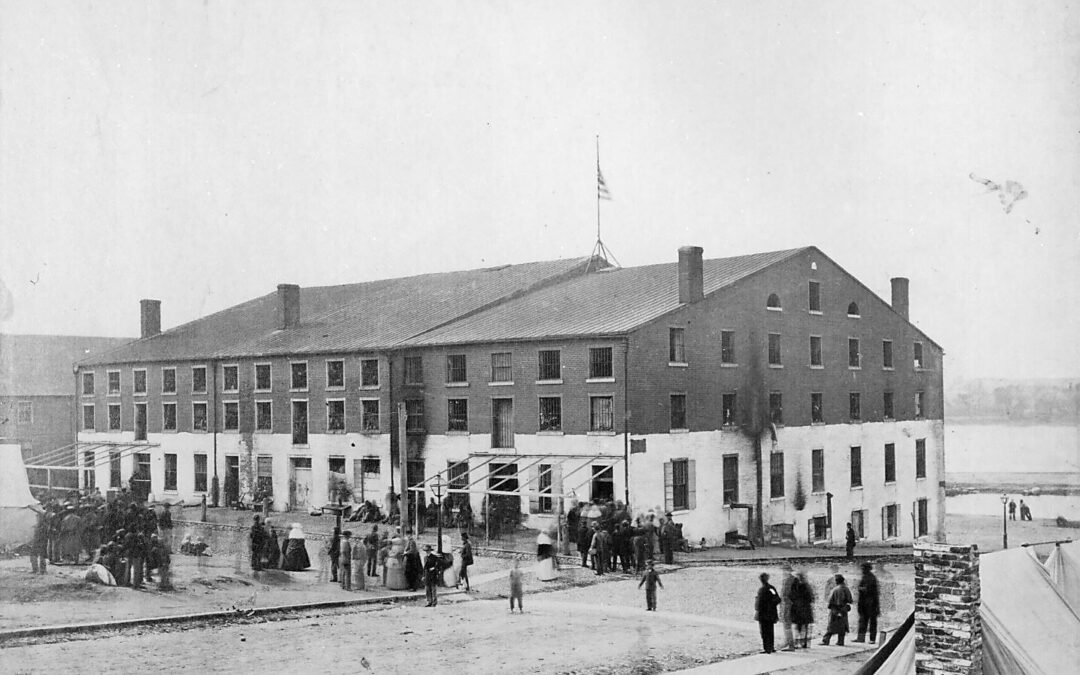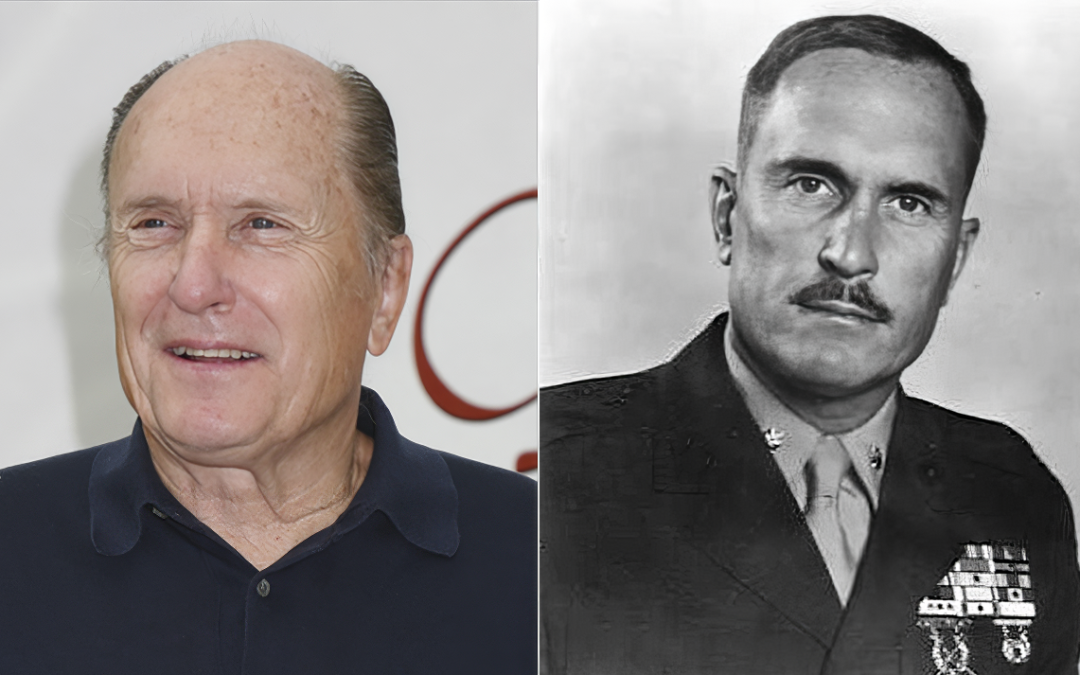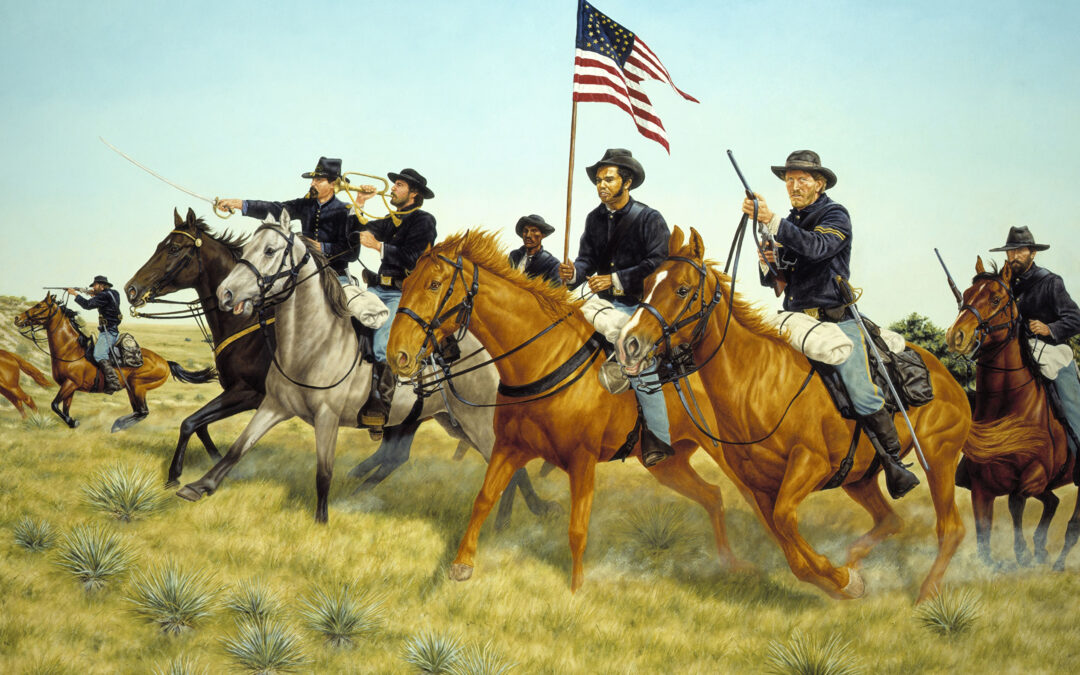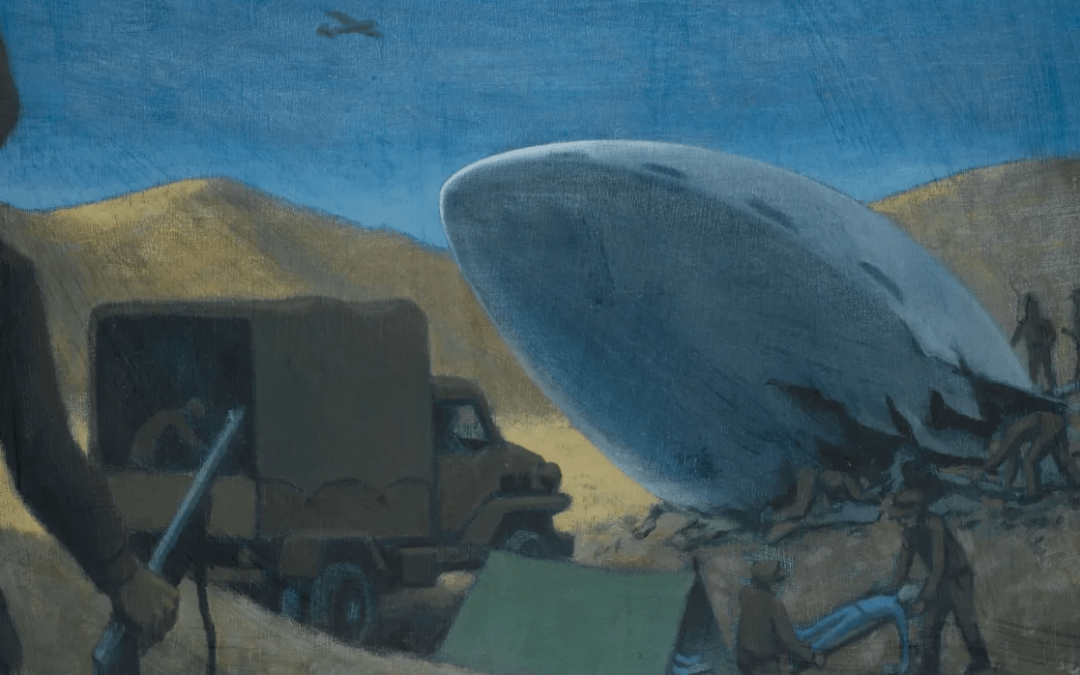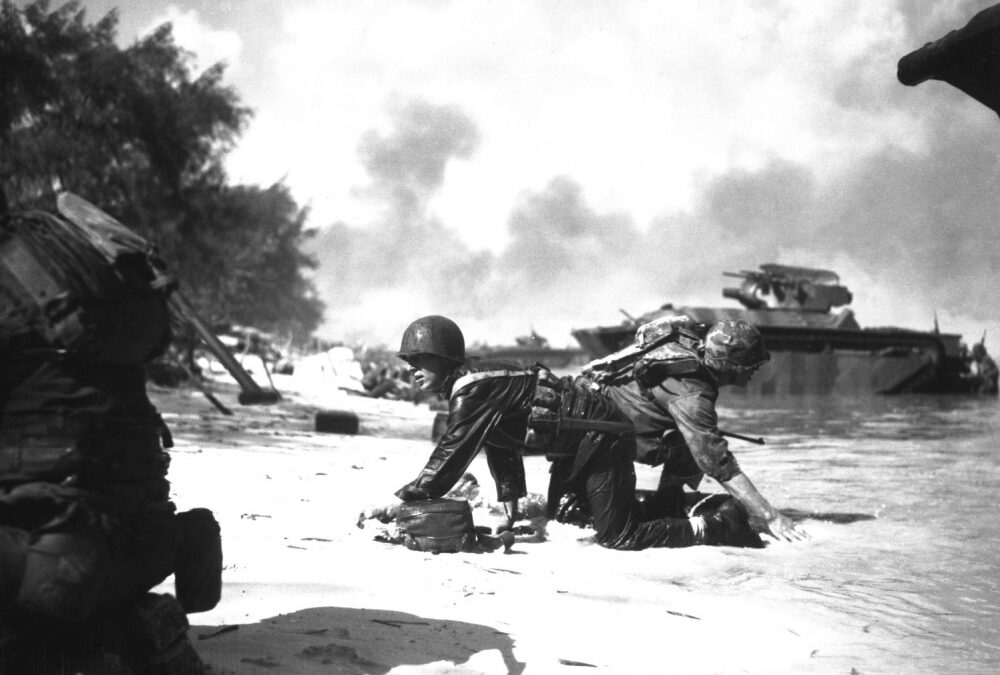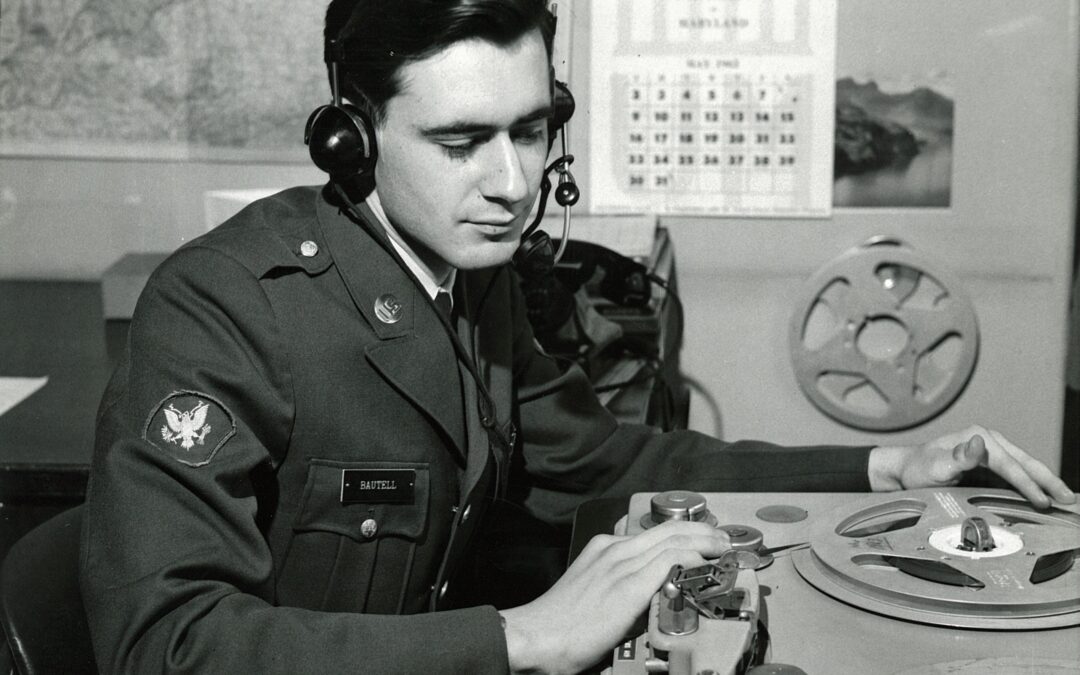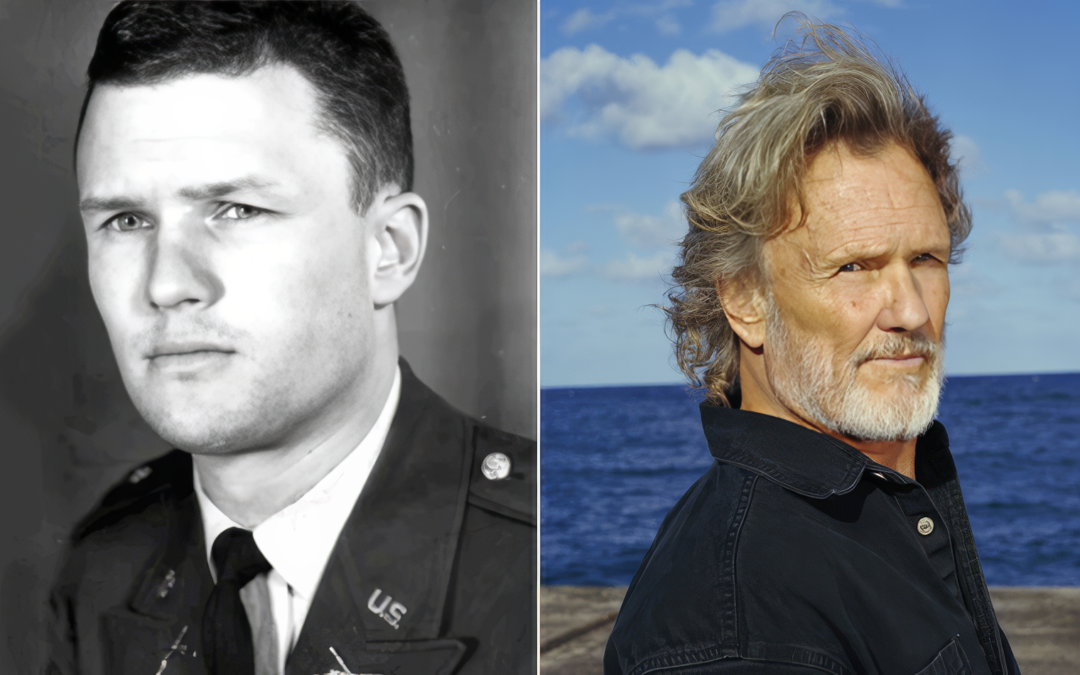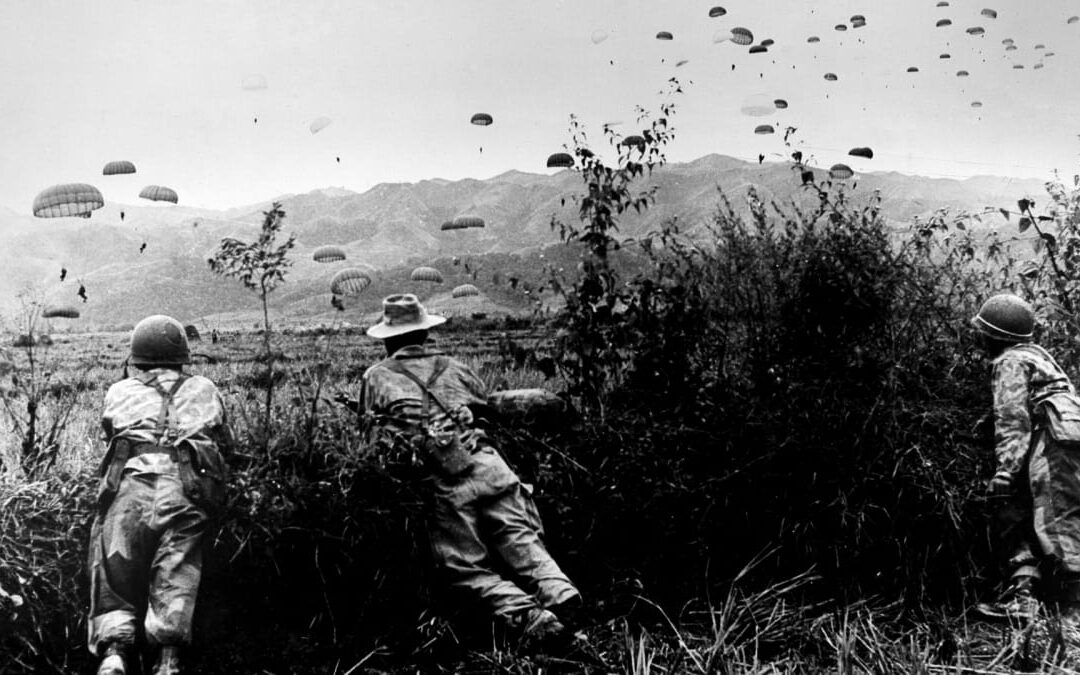Frank Capra, who served in the US Army between 1918 and 1945, is perhaps most well-known for his direction of classic Americana films It’s A Wonderful Life and Mr. Smith Goes to Washington. However, his greatest contribution to American culture may be the documentary series he produced during World War II for the Allied forces: Why We Fight. Born in Bisacquino, Sicily, in 1897, Francesco Rosario Capra was the youngest of seven children born to the Capra household: humble fruit growers. In...
